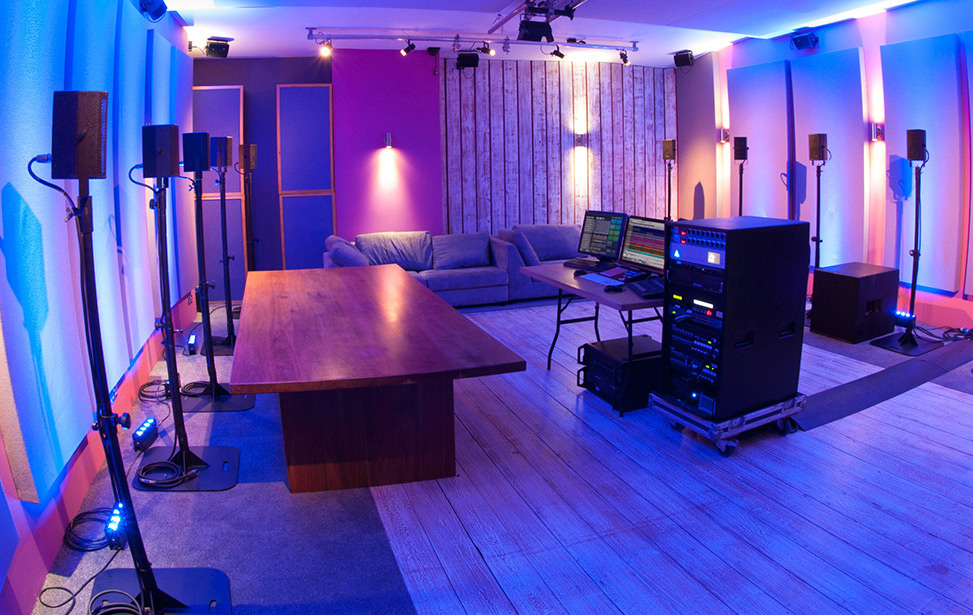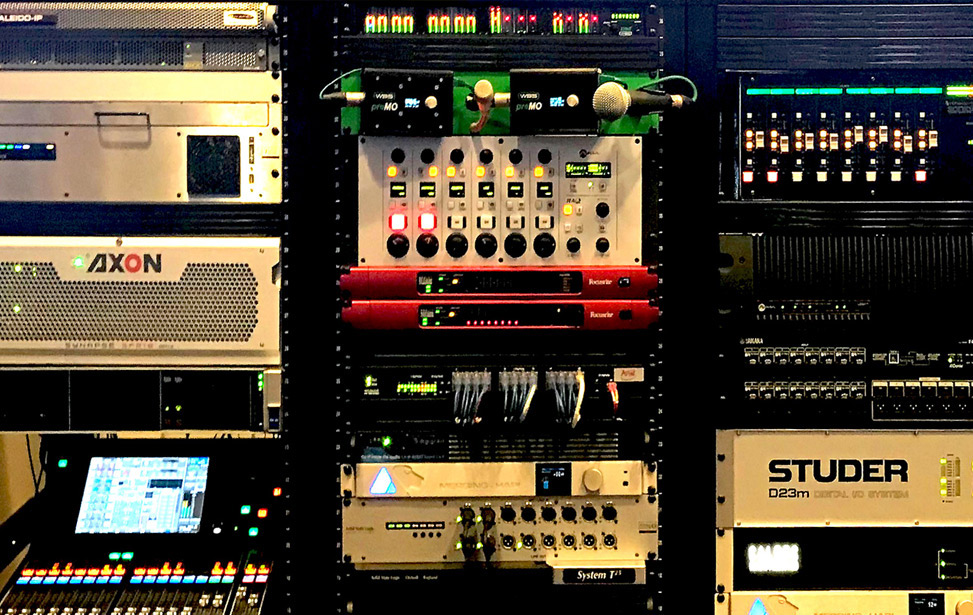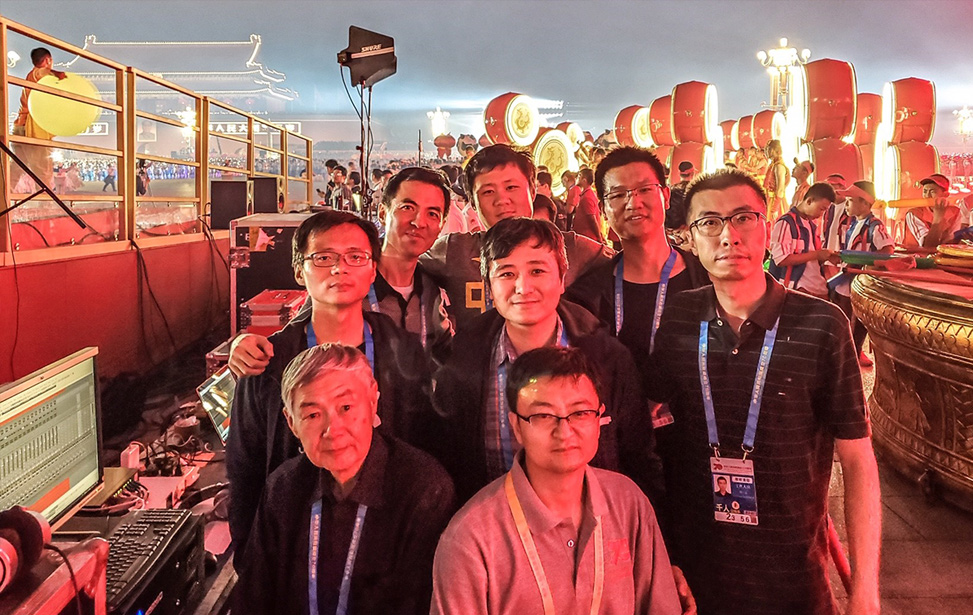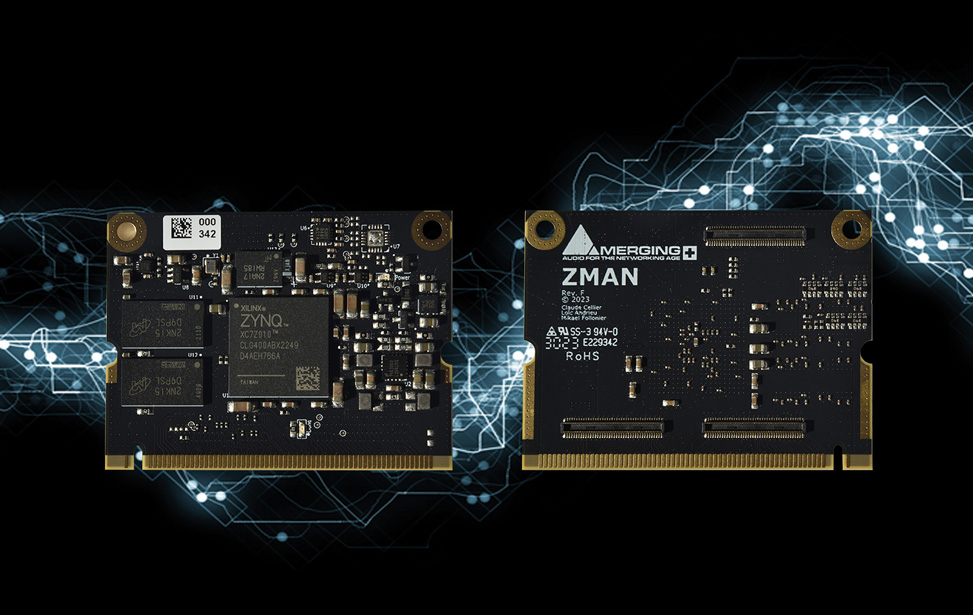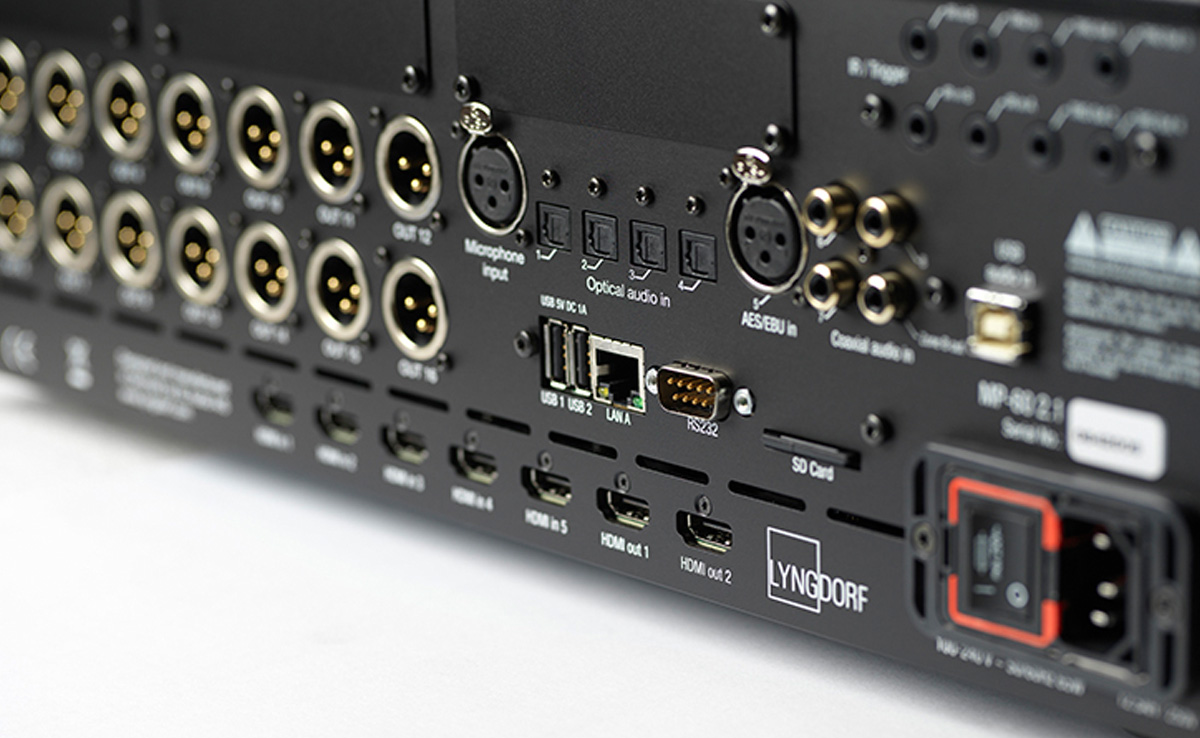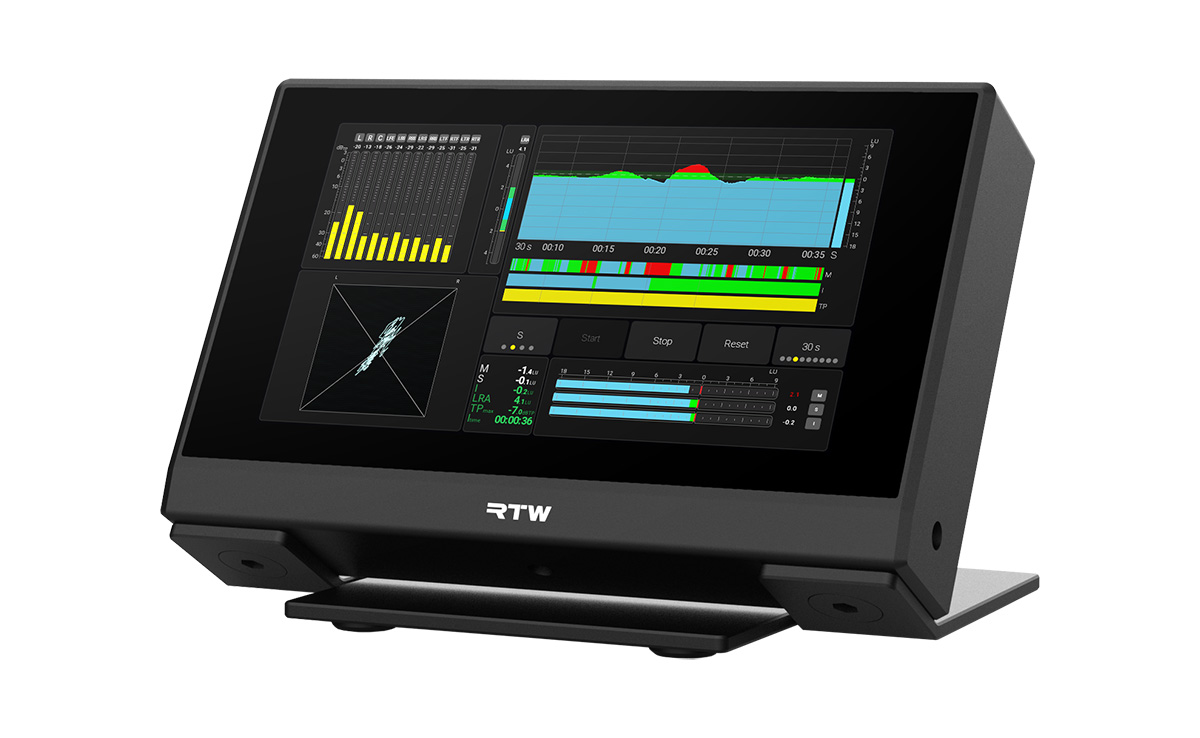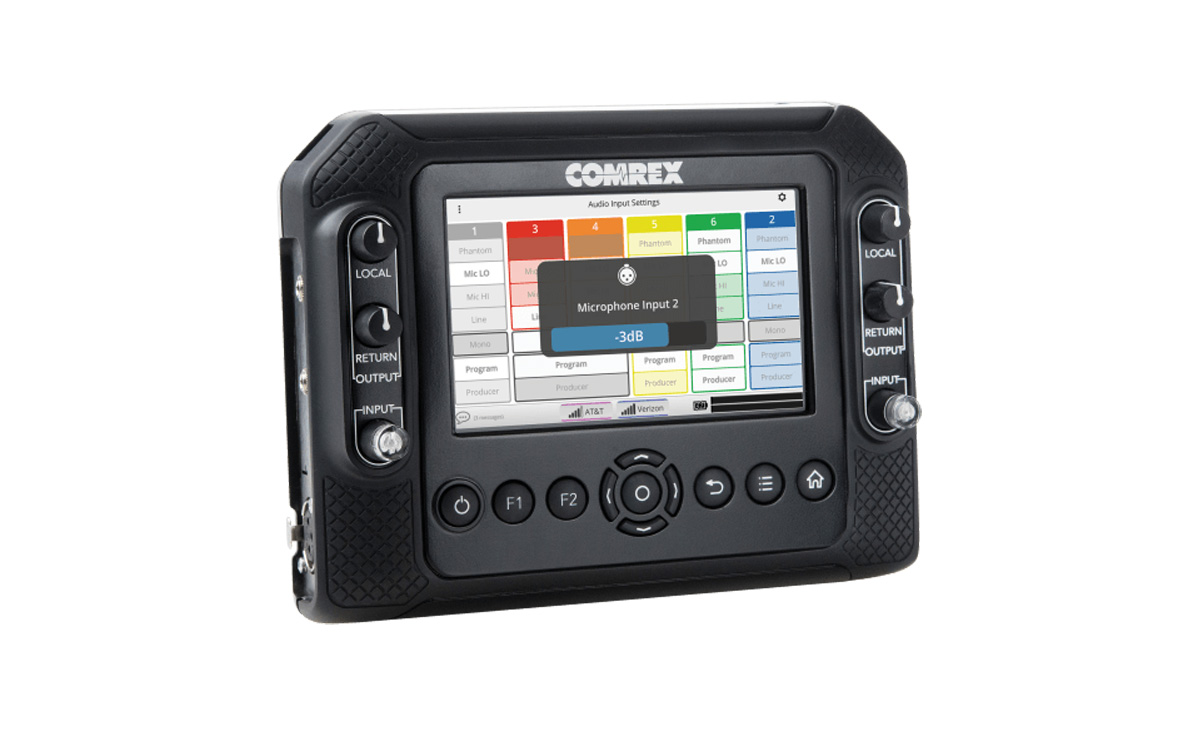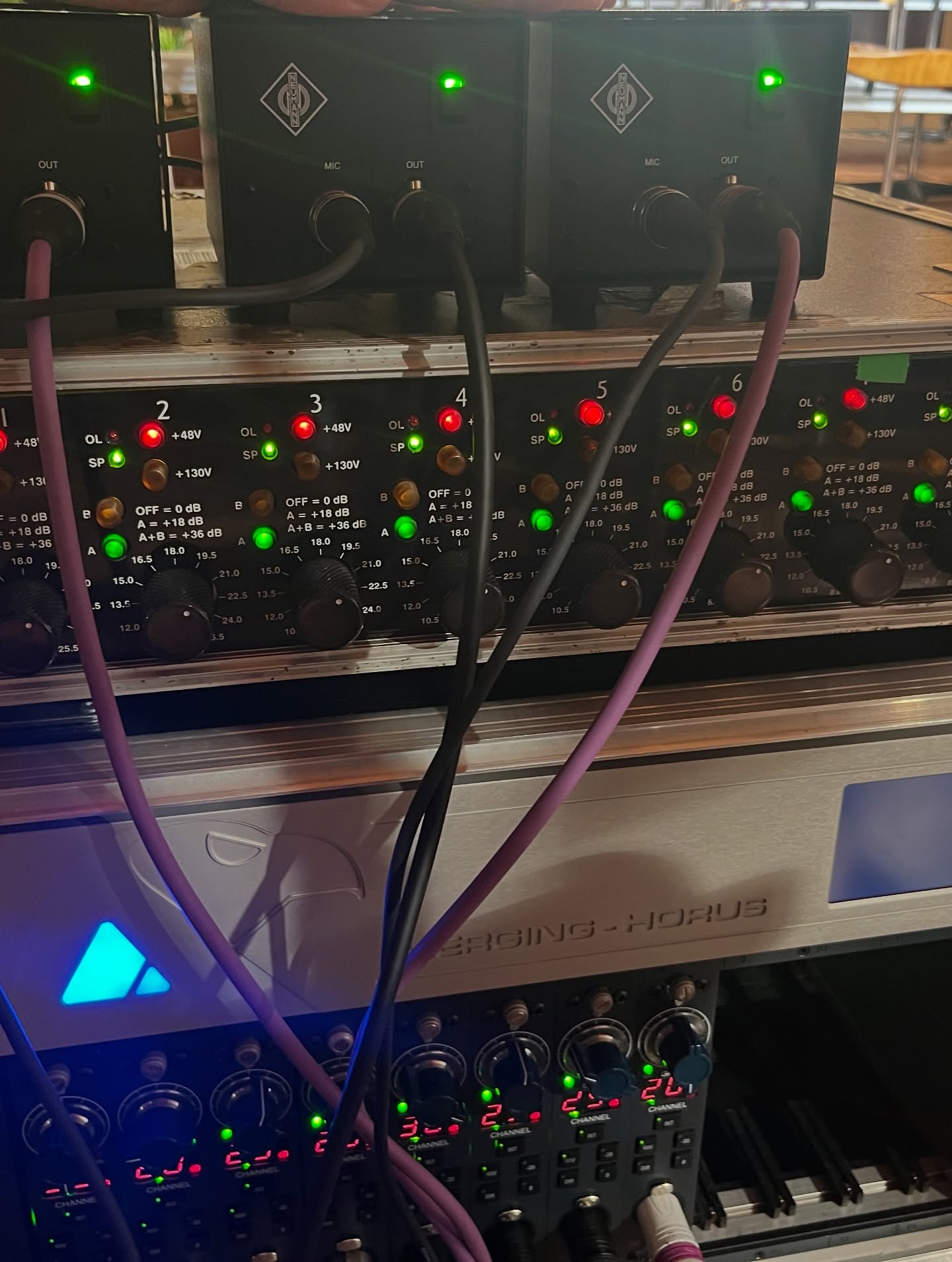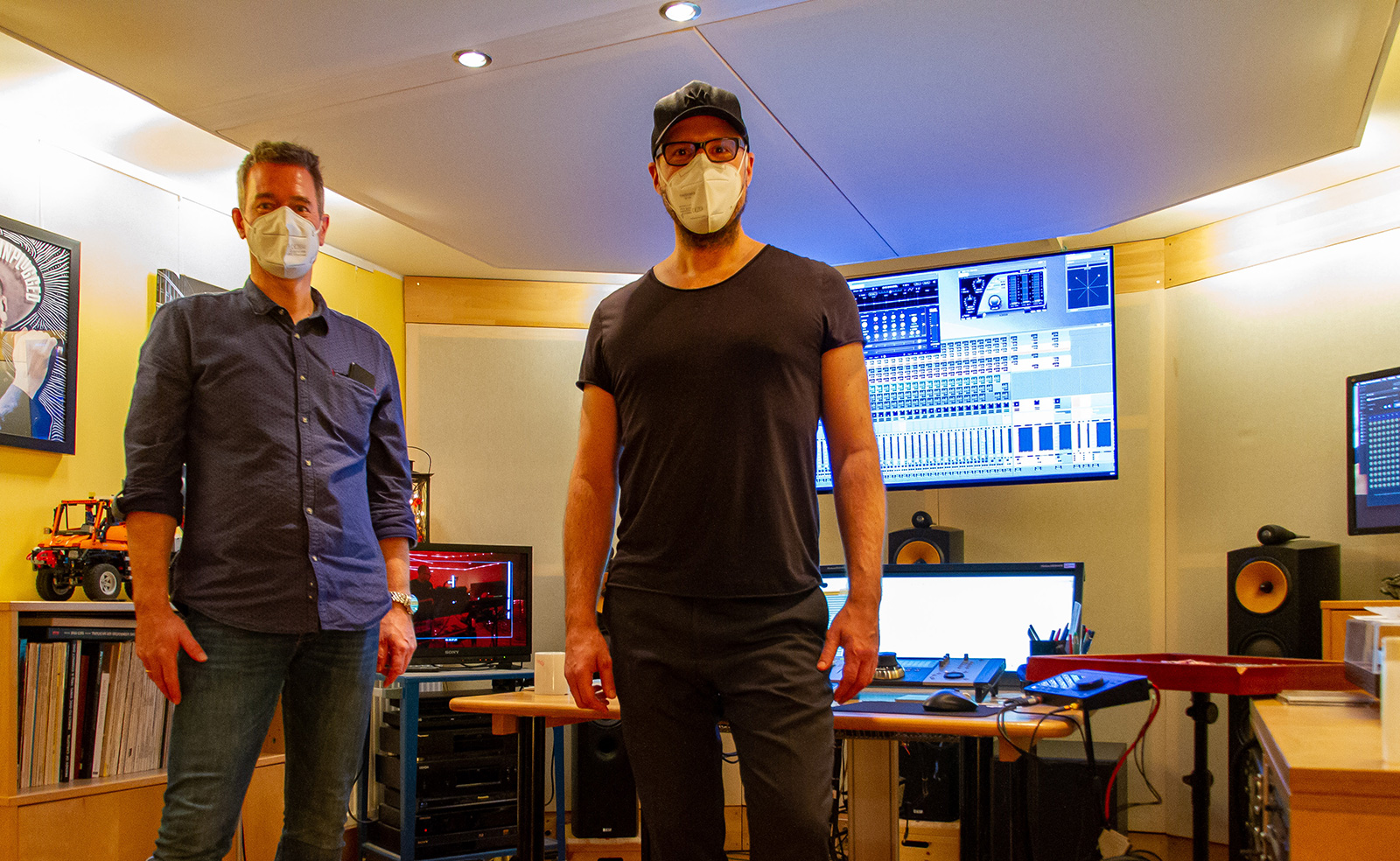-
Highlights
-
Products
-
Pyramix | Digital Audio Workstation
Ovation | Audio & Event Sequencer
ANEMAN | Audio Network Manager
Audio Tools
-
-
OEM Solutions
-
ZMAN RAVENNA/AES67
Success Stories
Studio Technologies Enhances ST 2110 Integration With Merging’s ZMAN Module
- November 25th 2024
ADI RAVENNA/AES67
Success Stories
ALSA RAVENNA/AES67
Success Stories
Comrex meets AES67 demands with a solution from Merging Technologies
- October 15th 2024
-
-
News
-
Free Pyramix or Ovation Elements
with a new purchase of a Merging interface-
No end date currently
Merging Insider
Latest Newsletter
- November 2025
Merging Insider
Previous Newsletter
- October 2025
The Sennheiser Group at IBC 2025
- August 20th 2025
-
-
Sales
-
Support
-
Training
Resources
Tech Support
Downloads
-
-
Company
-
Contact Us
- Merging Technologies
- Route du Verney 4,
- 1070 Puidoux, Switzerland
- +41 (0)21 946 04 44
- General Enquiries
- OEM Enquiries
- Tech Support
Merging Technologies
What's Up?
-
Harald Gericke
Platin Media Productions - Germany
Producing Schiller's Dolby Atmos Mix of the “Berlin Moskau” concert with Pyramix, Anubis and Hapi
Any album that shoots to number one in the charts in its first week of release grabs the attention. Perhaps even more remarkably, a deluxe physical package containing two CDs and two Blu-ray discs in a special package with a booklet costing €39 sells out within days. Who achieved this and where did this happen? The answers are Christopher von Deylen, AKA, “Schiller” and Germany. Number one is a place well visited by this hugely popular creator of electronic music but selling out a package containing additional Dolby Atmos Music content is perhaps more unusual. Again, Schiller is no stranger to surround and immersive music since many of his live events have adventurous light and sound experiences and he has released Atmos material before, but this latest project takes this to a new level.
Producing an album this complex is bound to be a healthy collaboration of musician and engineer and the latter in this case is Harald Gericke who was responsible of the Dolby Atmos Mix of the concert “Berlin Moskau”. Harald has seen every format develop during his career. SACD, DVD Audio, DVD Video, and then to Blu-ray. The audio has gone from surround to immersive, hugely expanding the creative possibilities but significantly adding to the complexity. This complexity stems from the options available to record acoustic music through to the ways in which rock and electronic music can be mixed creatively. Creativity leads to innovation which sometimes pushes the manufacturer to modify products that meet those demands. In this case the main equipment supplier was Merging Technologies for software and hardware and the project was a test for the integration of Pyramix and the Dolby Atmos Renderer.
Pyramix is not the usual choice for mixing rock music but increasingly there are features it has that are not found on other DAW solutions. Harald Gericke has been a Pyramix user since his early career. After attending the famous Detmold Hochschule für Musik, he spent four years working for a local DAW manufacturer that chose to utilise Merging’s Mykerinos cards to look after I/O duties. This inevitably led to some familiarisation with Pyramix which stood him in good stead when he moved to the Emil Berliner Studios which was the engineering home for the Deutsche Grammophon label who are also users of Pyramix. Harald’s responsibility was leading the authoring department that was responsible for developments beyond CD and here surround sound started to play a more important part as the new formats developed. Universal eventually took the decision to split the facility and sell the various divisions. Harald took the authoring department and was permitted to continue in the same building for a while. When it became clear that this could not continue and that no suitable premises seemed available, he made the decision to move the facility to his home near Hannover. Platin Media Productions now offers a variety of post-production and development services in addition to the authoring facility that was originally acquired.
Although other DAW systems had been used for various projects over the years, Pyramix still seems to offer advantages, one of the main ones being source and destination editing. An early adopter of MassCore to handle Dolby E plug ins, the advantages of the ultra-low latency was to become apparent somewhat later when tracking musicians. A decision was made to stick with the original Mykerinos platform and skip the PCI Express phase that came along later. This effectively meant moving directly to RAVENNA and embracing Hapi as the digital routing hub. This has now been expanded to add an Anubis to control the monitoring and ADA8P cards in the Hapi, plus incorporating the Dolby Atmos workflow offered by the 25th Anniversary edition of Pyramix.
Over the last few years, various acoustic recordings of classical and organ music have been made and Harald has experimented with different microphone arrays as the demand for immersive recordings has increased. He still believes that placement of musicians and microphones is very important and that strange audio gimmicks are not appropriate for this musical genre. He finds the result and the challenge very exciting and a huge advance over working in even 5.1. He believes that the consumer being able to listen to something enveloping, whether using headphones, a soundbar or ideally a multiple speaker set up is crucially important and Dolby’s advances in making Atmos more easily accessible in the home have been extremely important. Acoustic music is extremely different to rock music and the Schiller project was much more a mixing exercise where the challenge was to convert stereo stems into something that behaved logically in Atmos. Here difficulties in panning came to the fore which were obstructing the artistic vision. This was eventually solved by panning into the 7.1.4 buss in Pyramix. Experimentation such as this did result in some roadblocks so with close co-operation of the Merging team in Switzerland. Several tweaks and improvements have been made to change behaviours or the way the Pyramix responds and the speed with which this happened has impressed him. “I am fortunate to know the team in Switzerland well and being able to feed back bugs or feature requests during a project and have them addressed has been hugely beneficial. This helps to maintain the momentum on a project like this where the artist is technically savvy enough to know, not only what he wants musically, but how that effect could be achieved.” Issues with plug ins can also be encountered where favourite apps are either not Atmos ready or the suite misses an effect. The current quest is to find a limiter capable of handling 7.1.4 or even 9.1.6 but right now, they all stop at 8 channels. Managing processing resources is another skill in immersive audio mixing that must be learned as the number of simultaneous operations increases. Even very powerful CPUs can be slowed down dramatically with several plug ins operating simultaneously. Recent improvements to the Merging drivers have also been very welcome and both the MAD for Windows and the VAD for Mac have had to be employed on this project to take full advantage of the performance available.
Looking to the final stage in the process, being able to go from Pyramix directly to the Atmos Renderer has been a huge step forward. One particularly useful feature is the way Pyramix deals with the reduced number of height channels available in the Atmos bed. Pyramix detects whenever the channel of a standard Pyramix bus is mapped to a Dolby Atmos Renderer object and sends the corresponding metadata to “emulate” a speaker. Therefore, it becomes very easy to natively work in Pyramix with a 7.1.4, 7.1.6, 9.1.6 bus, and more, and enjoy a streamlined workflow into the Dolby Atmos world. “It means that I can manage the whole project in my studio and demonstrate the final results to the client. This has been super helpful as we really don’t want to be moving to another studio just to do the final render. This would be far from ideal in the middle of the pandemic.” Whilst it cannot yet be said that there is a huge public demand for Dolby Atmos for Music, projects like this with major artists like Schiller turn the spotlight on the technology and the increasing adoption by streaming platforms is rapidly making it far more accessible to a much larger number of enthusiasts. As usual, the supply and demand for content needs to be balanced and right now, Pyramix users can easily contribute to the growing appetite for Dolby Atmos content.


